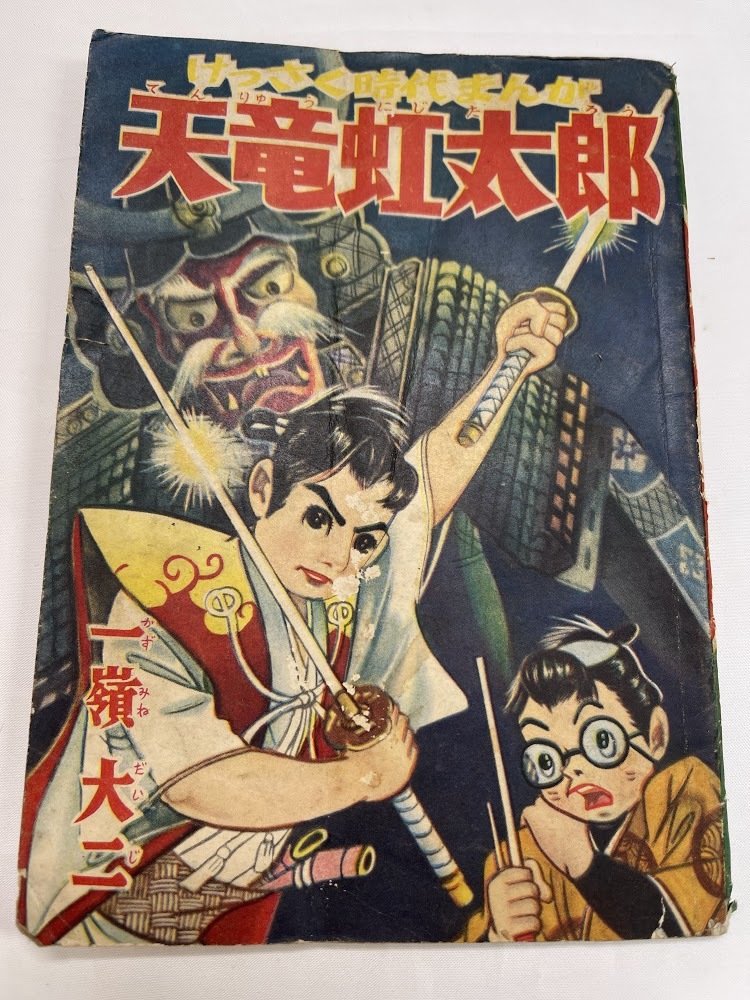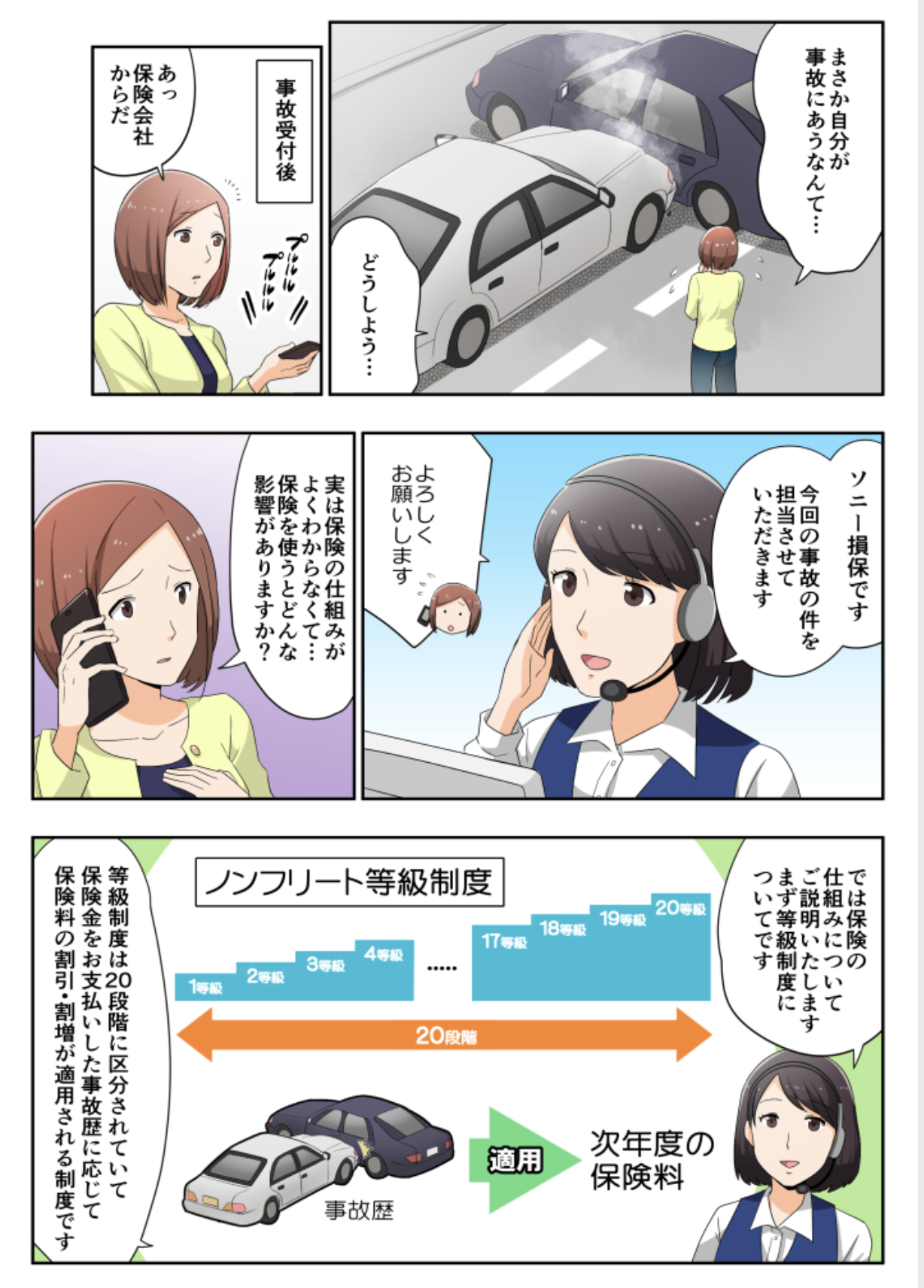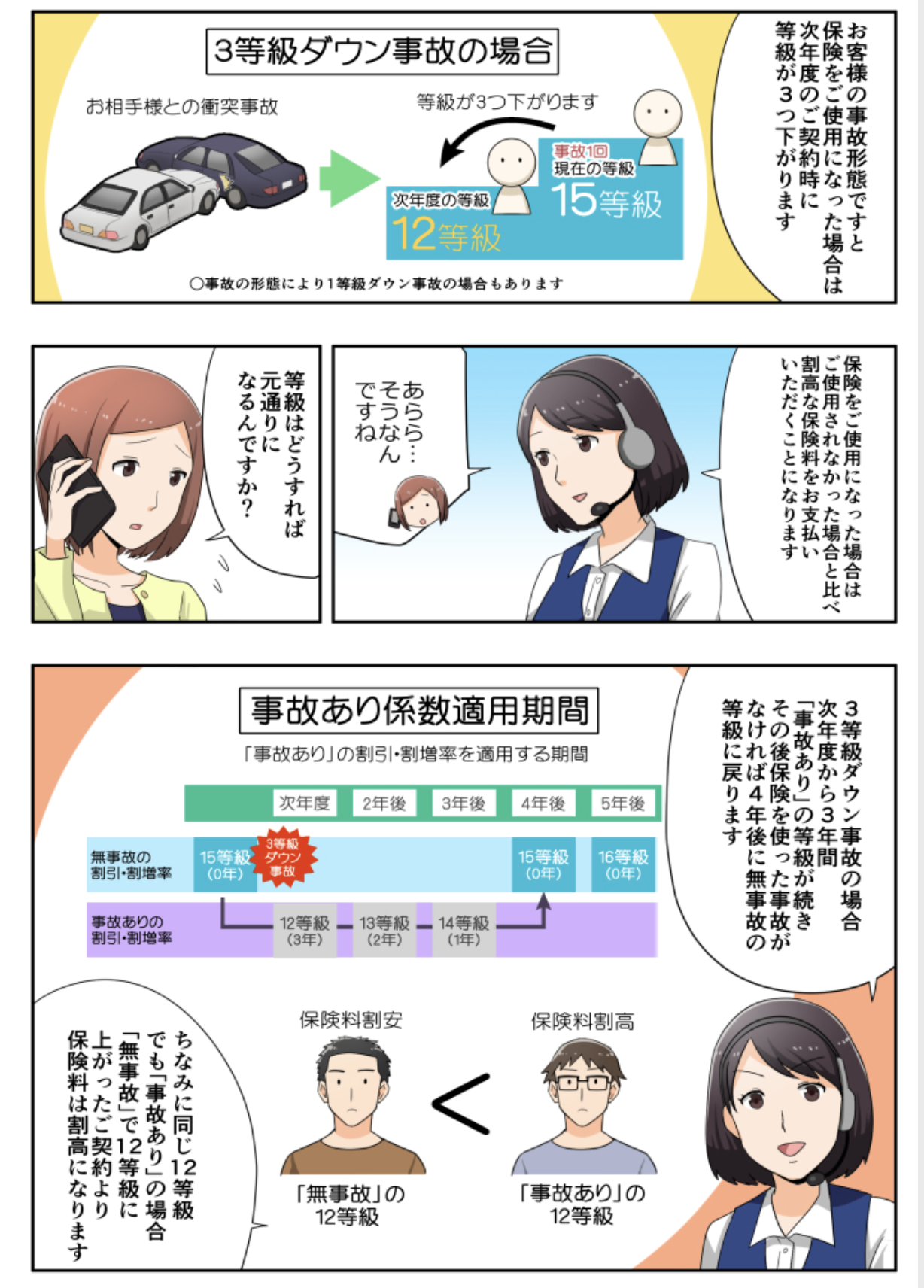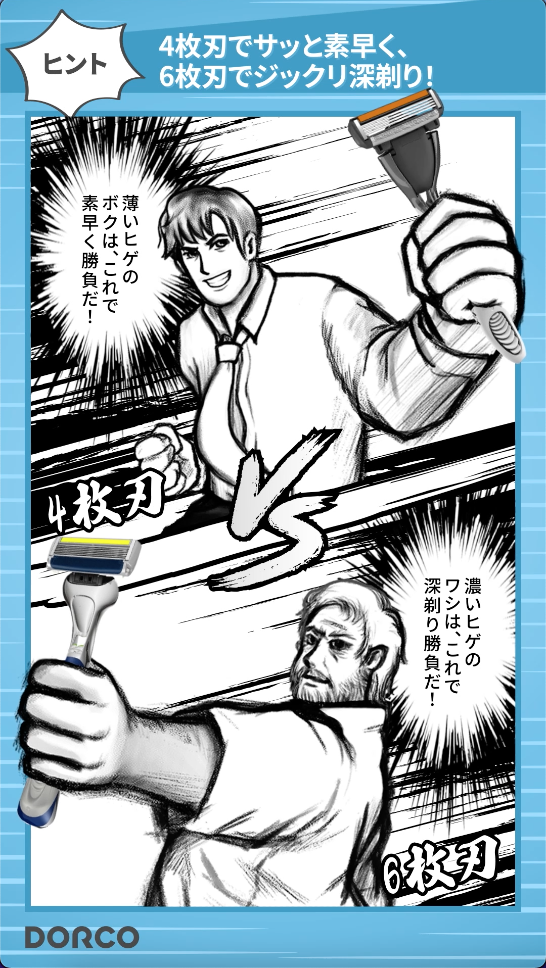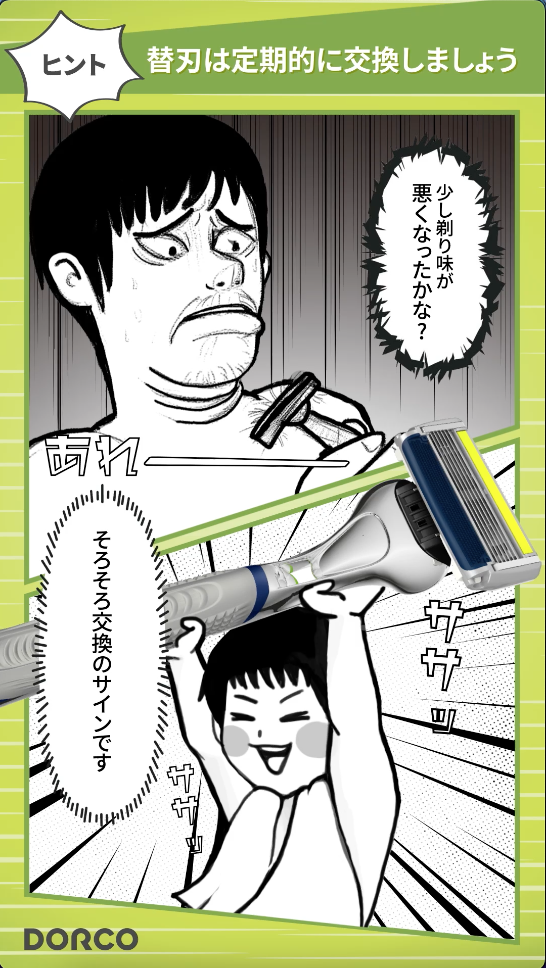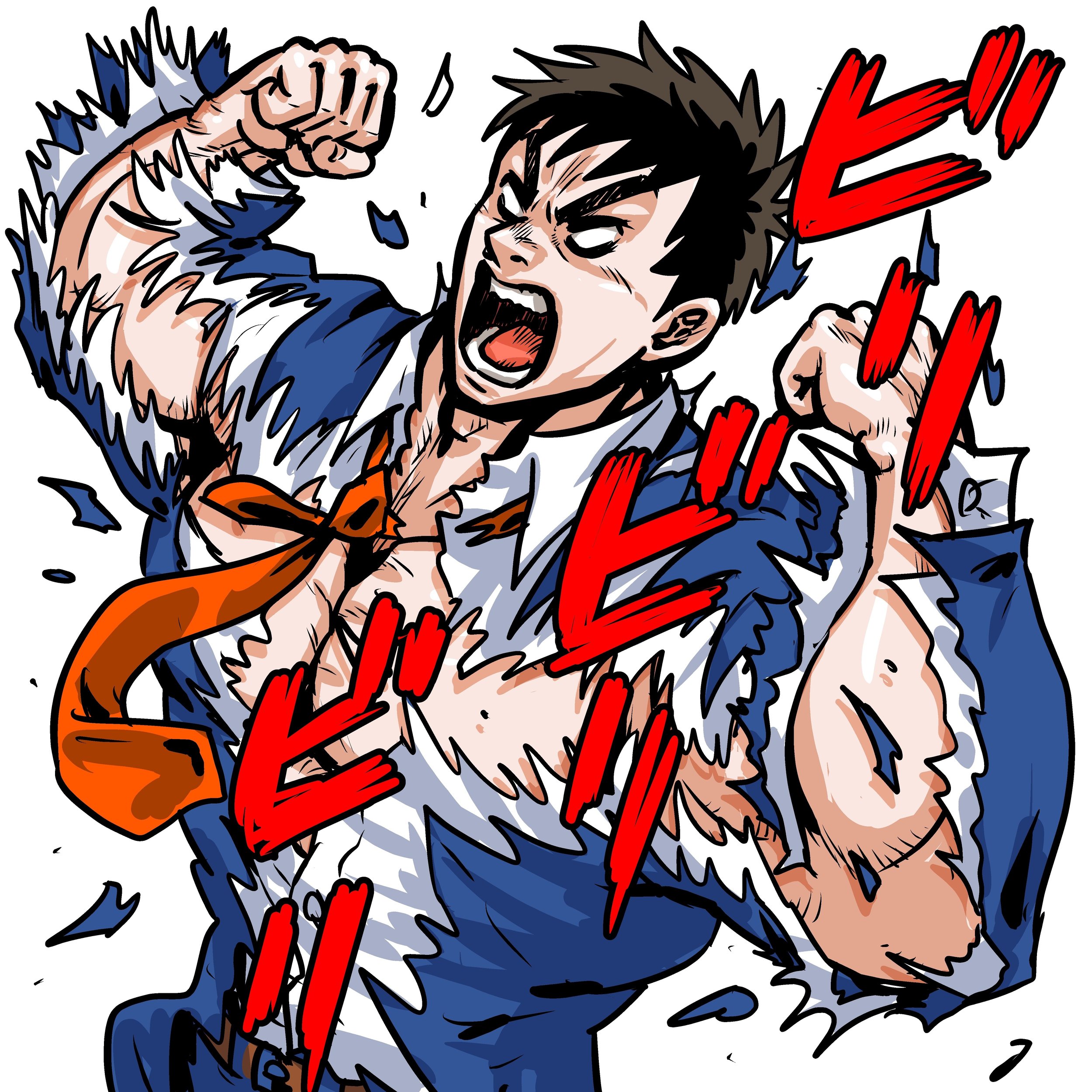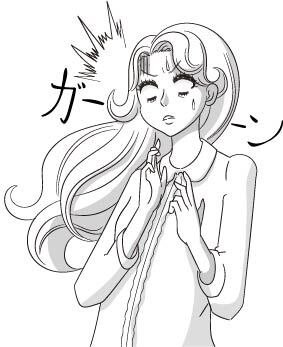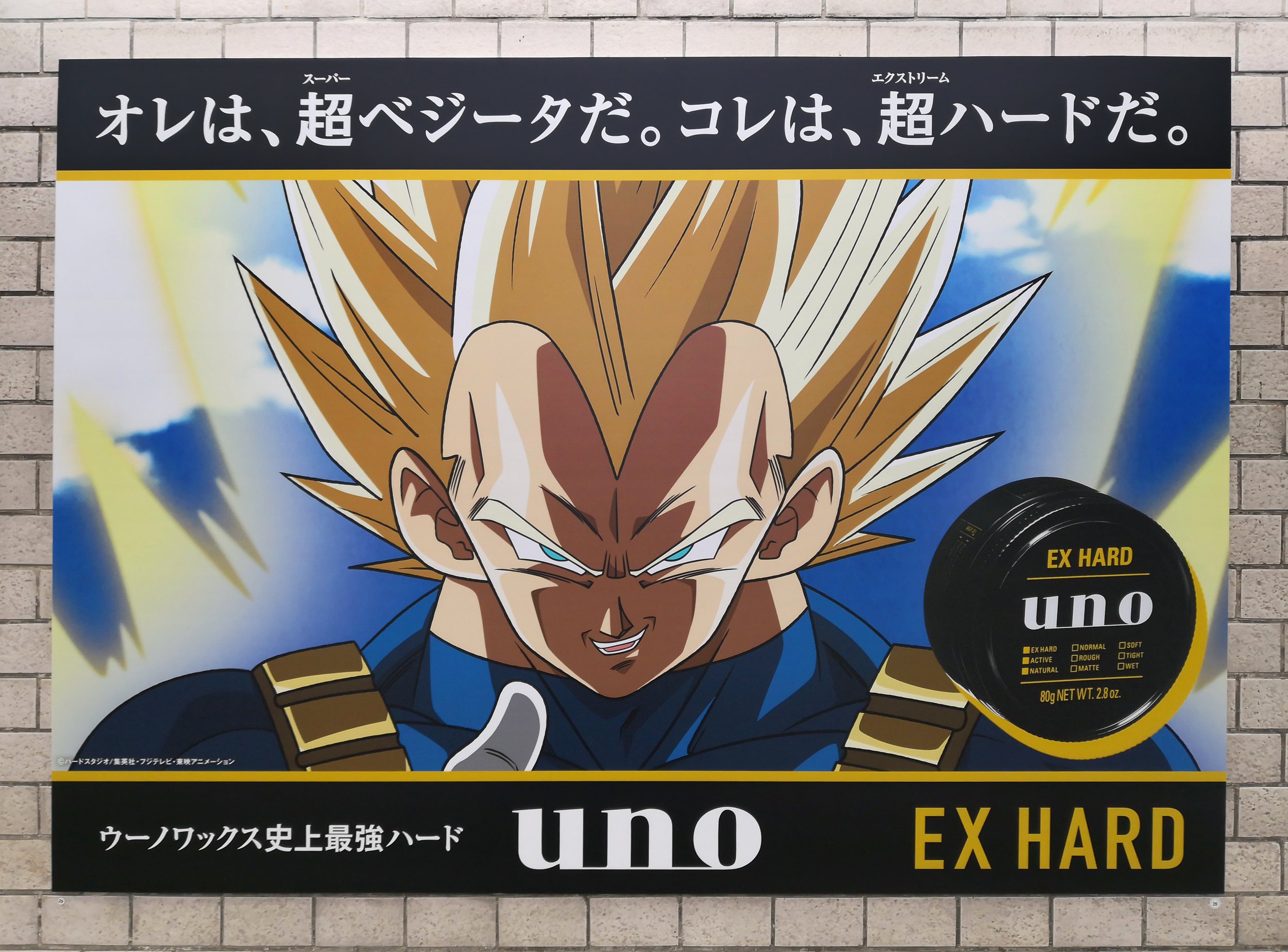A Guide to Using Manga for Marketing in Japan
While in many cultures, comics are often just seen as entertainment for children, in Japan manga is used to convey practically any situation or sentiment.
Broad audiences and wide range of subject matters found in manga comics enables manga to be used to promote anything from beer to sportswear, cars and beauty products.
Using manga techniques in marketing is a proven effective strategy that can be instrumental in penetrating the Japanese market.
What is manga?
Manga are comics or graphic novels that correspond to a style developed in Japan. It consists of specific visual story-telling concepts familiar to Japanese people of all generations.
The current manga comic-book format was established in the 1950’s. However, there are endless opportunities to see manga-styled content in daily life in Japan, from websites, magazines, and TV to public information material and signage.
Manga in advertising
In manga (and anime), the characters are often relatable, intriguing, and fun, displaying a wide range of emotions and everyday situations. This makes manga relatively more ‘tolerable’ when used in product promotions and ad content. In this way, manga reduces viewers' rejection of advertising and also functions to simplify complex product features, service details, and processes.
To understand the range and depth of manga's use in advertising, just take a look at a few Japanese online news and portal sites. They’re typically crammed with ads for various industries, such as insurance, personal investment, software, and food, and often use manga or anime characters in the content.
Manga preferred by audiences, boosts engagement
Applying manga techniques to social ads and other marketing can reportedly increase engagement by 30% to 50%.. In some cases engagement is double that of regular content.
A recent survey by TREND-PRO found that, given the choice, people prefer to see manga in advertising over other media. 1,000 men and women were asked: about the type advertising they want to see most on social media, ‘manga’ was answered around twice as much as video and image content.
How brands and advertisers use manga
A great example here is from Sony Insurance where manga is used to explain various services, policies and application procedures.
Tips for brands considering using manga in marketing
While indisputably effective, overlooking important elements of manga and how it is used to convey messages may lead to miscommunication and rejection. Here are a few tips:
Brand alignment
We mentioned earlier how multifaceted and flexible manga can be. However, brands need to determine if and how manga aligns with their identity and message. Commonly, some brands use manga for specific ads and campaigns, or, like DORCO Japan , use manga mainly to target a younger audience demographic with tailored messages.
Manga Illustrator
Seek a skilled and experienced manga illustrator who understands the intricate social and cultural elements of this art.
Elements such as' onomatopoeia 'are used heavily in manga and form part of the Japanese lexicon. Also, the characters’ facial expressions and body language all help to make the story relatable and familiar.
We also recommend brands work with a marketing/creative agency that can take on the entire creative and strategic process.
A must for complex content
For content that appears complex, tedious, or is detail-heavy, use manga to create a story and situation where the respective services or details are required. This can make it far easier for the audience to consume and understand.
Create original characters / utilize established characters
It can be worth investing time and research into developing original characters and personalities—a prevalent tactic amongst brands in Japan that encourages fandom, long-term affinity, and loyalty from the audience.
Also licensing use of popular manga and anime characters is well practiced and effective in creating a huge buzz along with the capability to engage very broad to niche audiences.
A few more points on the effectiveness of manga
The unique styling and visual concepts of manga can make a situation so familiar and recognizable that little or no accompanying text or captions are required. Minimal text, in some cases, is more effective as it allows the viewer to situate themselves within the narrative of the story.
When content is tedious or difficult to understand, Japanese audiences tend to be less turned off or intimidated when it is expressed through manga.
The story-telling format of manga makes it easier for audiences to remember and memorize content.
Since a lot of information and messages can be conveyed and consumed at once with manga, awareness, desire and purchase potential can be greatly and instantly increased.
Based in Tokyo, An-yal is the leading independent advertising agency for global lifestyle brands in Japan and worldwide. Contact us to get ahead with your integrated marketing and creative needs.



